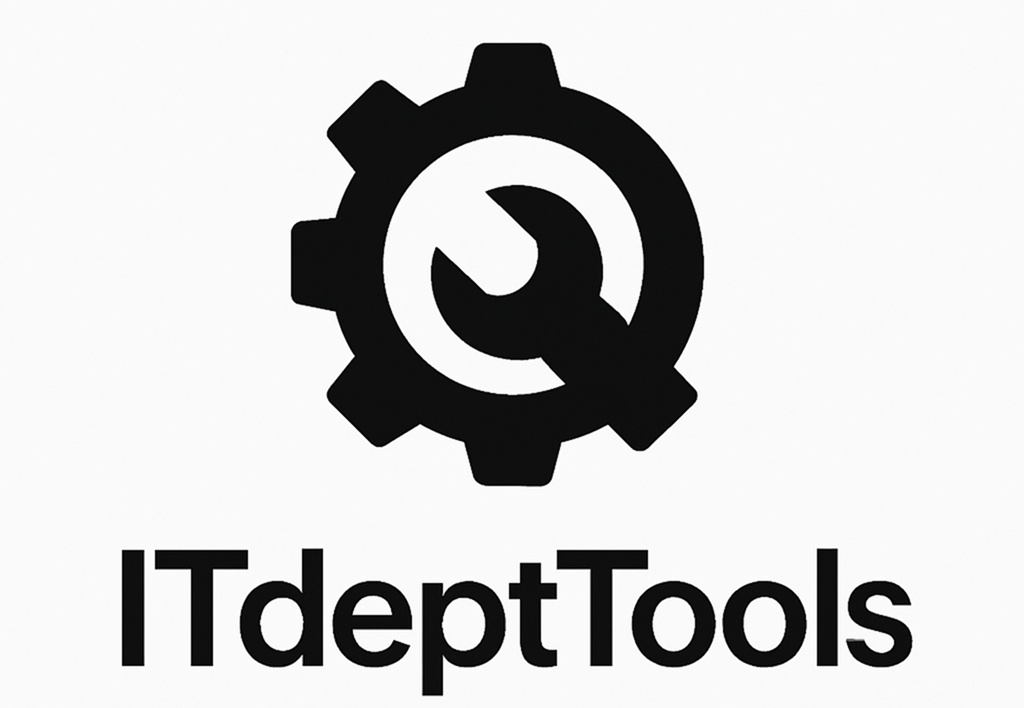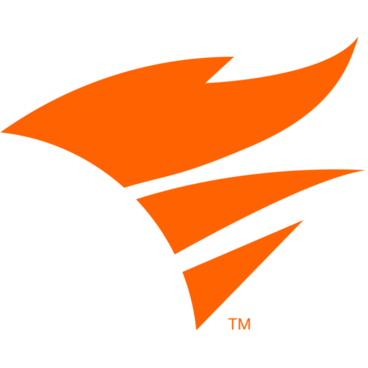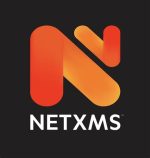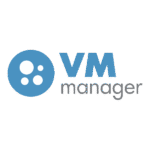DameWare Mini Remote Control: Old-School Remote Access for Admins Who Don’t Want Surprises
Some remote support tools want to be everything at once: RMM, ticketing system, dashboard, cloud login, mobile app — and all you needed was to help someone reset a password or stop a runaway service. DameWare Mini Remote Control skips the circus and gives you what matters: fast, LAN-friendly remote access to Windows (and a bit of Linux/Mac too), no cloud relay required.
It’s been around for a while, and it shows — in a good way. Native Windows interface, AD integration, decent security controls, and no nonsense. If you’re managing a bunch of machines on a LAN or VPN and want to get in, fix something, and get out — this tool won’t fight you.
What It Does (And Does Well)
| Feature | Why It’s Useful |
| Remote desktop access | Control remote machines over LAN, WAN, or VPN — no internet needed |
| Active Directory support | Find and connect to machines via AD — great for domain environments |
| Wake-on-LAN | Power up machines before connecting — handy for off-hours work |
| File transfer | Drag-and-drop or browse files remotely |
| Session logging | Audit access and actions — useful for compliance |
| Multi-platform | Works with Windows, some Linux distros, and macOS (with agents) |
| Smart card login | Supports smart card authentication for government/secure networks |
| MSI agent installer | Push the client out via AD or command line — no manual installs needed |
When It Fits
This isn’t TeamViewer. It’s not cloud-first. And that’s exactly why it works so well for:
– On-prem setups with AD and strict firewall rules
– IT helpdesk teams that support hundreds of Windows endpoints daily
– Environments where cloud-based control tools are banned or impossible
– Admins who still maintain a VPN-based support model and need fast LAN response
– Scenarios where licensing needs to be permanent and local, not usage-based
DameWare MRC slots in quietly and does the work, especially when paired with good network visibility and group policy hygiene.
System Requirements (Viewer and Client)
| Component | Requirements |
| Viewer OS | Windows 10/11, Windows Server 2016+ |
| Remote OS support | Windows XP and newer; some Linux/macOS support with agents |
| RAM | 512MB+ |
| Disk | ~100MB for install |
| Network | Requires open ports or VPN tunnel (TCP 6129 by default) |
| Admin Rights | Required for install and first-time agent deployment |
How to Get It Running (Local LAN Example)
- Download and install MRC
Available via SolarWinds portal. Choose 32- or 64-bit version as needed.2. Deploy the agent to remote machines
– Push via built-in MSI deployment
– Or install manually if needed (portable install works)3. Connect to a host
Launch the console, browse by AD or enter IP/hostname.
Authenticate using Windows creds or set custom login for each machine.4. Control session options
– Adjust color depth, screen size
– Enable shared or exclusive mode
– Use chat or file transfer as needed5. Close session and review log (optional)
Audit logs can be exported or archived — useful for internal support reports.
Strong Sides and Limitations
Where it delivers:
– Feels native to Windows — integrates well with domain tools
– Fast connections over LAN — especially with preinstalled agents
– Doesn’t rely on cloud accounts or external services
– Licensing is perpetual — buy once, use as long as you want
What to keep in mind:
– Interface hasn’t changed much in years — feels dated but solid
– No mobile viewer in the base version
– Not ideal for non-Windows environments — Linux support is limited
– Requires basic firewall rule tuning (not plug-and-play on strict networks)
The Takeaway
DameWare Mini Remote Control isn’t trying to reinvent the wheel. It just gives Windows admins a fast, no-cloud, no-BS way to take over remote machines and do their jobs. Whether you’re running a helpdesk or just need to manage dozens (or hundreds) of endpoints quietly and locally — it’s one of those tools that earns its keep without making a fuss.







